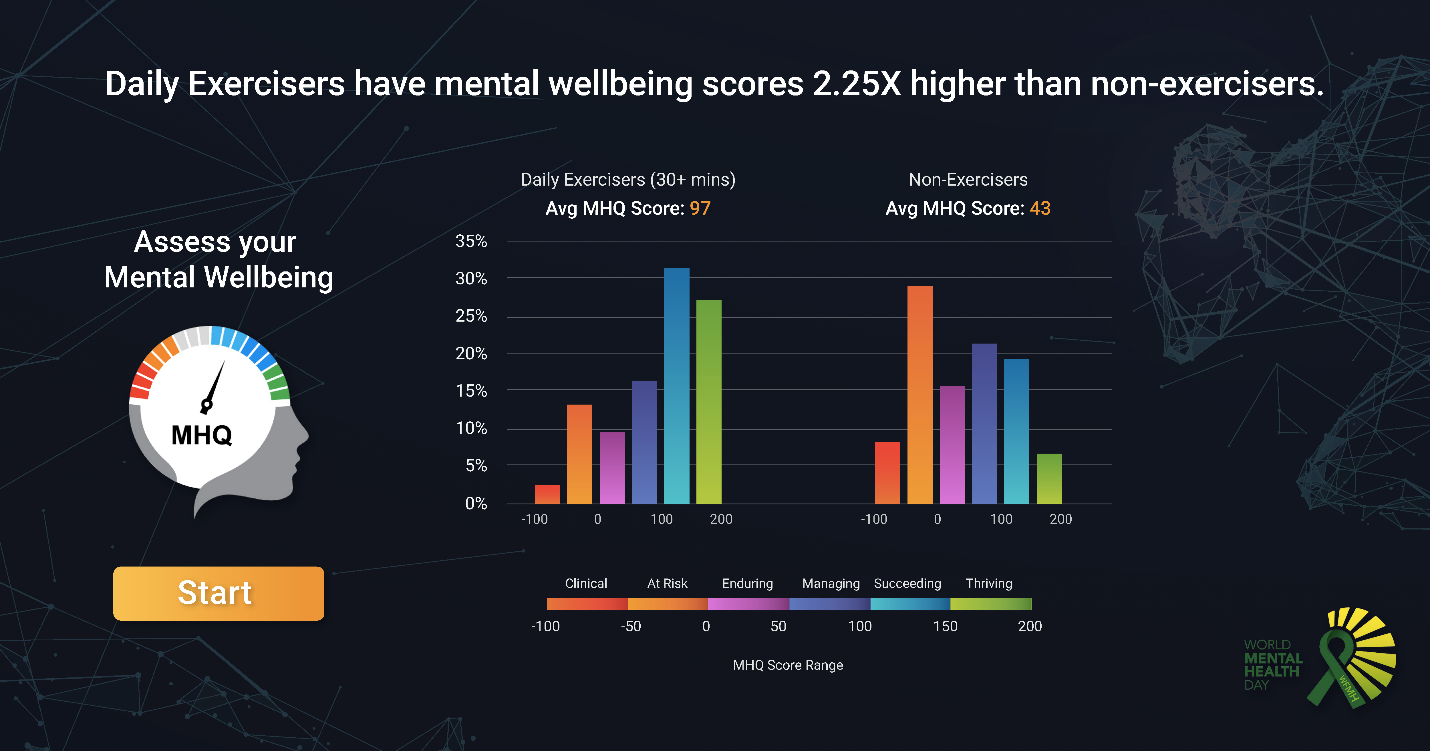

Recommendations vary slightly by age and activity, as outlined by the American Academy of Pediatrics, but even infants need physical movement to develop and thrive. But don't worry: It's easier and simpler than you might think! Physical activity requirements for children and teensįirst, let’s review the recommendations. With hectic and often stressful family schedules and the many expectations put on parents and kids alike, it's understandable that exercise may not always make it to the top of your to-do list. How much exercise do kids and teens need? Finding the activity that best supports your child’s interests and skills greatly helps children see themselves in a positive light.

For example, a child who doesn’t have the best hand-eye coordination may dislike baseball but find enjoyment in mastering karate. “It’s important to see which sports or activities best fit your child and allow them to experience the sense of mastery that comes with practice,” Dr. No single activity is right for all kids, though. This could be through play, team sports, individual sports, dance or even outdoor exploration. Reynolds says, but exposing kids to different types of exercise allows them to further develop their self-esteem. Not only do increases in these feel-good chemicals help with anxiety and depression, Dr. Even a single session of cardiovascular activity can increase levels of helpful chemicals and decrease stress hormones, which can help curb negative thinking. That’s because chemicals in our brains that affect mood, such as serotonin, stress hormones and endorphins, change when we exercise. “Studies have shown that simply getting cardio exercise on a regular basis actually improves certain beneficial hormones in our bodies in the same way that antidepressants can,” says Dr. Plus, studies increasingly show that mental and emotional health can be improved through exercise, both in the short and long term. The fact is, when we work our muscles, it makes us feel good and promotes body positivity. Mental health and exercise: the brain-body connectionĪnyone who’s ever gone for a walk to shake off a hard day knows that a little exercise can do wonders for a bad mood. We spoke with Katharine Reynolds, PhD, Jessica Hawks, PhD, and Jenna Glover, PhD, three child and adolescent psychologists in our Pediatric Mental Health Institute, about the mind-body connection, how exercise and play help with mental health and what counts as “enough” physical activity for kids. If you’re thinking, “Who has time for that?” then trust us: You’re not alone. Getting kids moving – no matter the time of year – is important now more than ever as rates of depression and anxiety in youth have surged, a trend that has only intensified due to changes and stressors of the COVID-19 pandemic.īoth the Centers for Disease Control and Prevention and the American Academy of Pediatrics recommend kids get at least one hour of physical activity every day. is getting the recommended amount of physical activity each day.

But despite the many proven benefits of an active lifestyle on children’s physical, mental and emotional well-being, only one in four children in the U.S. It’s well established that exercise and physical activity are crucial to a child’s development and overall health.


 0 kommentar(er)
0 kommentar(er)
